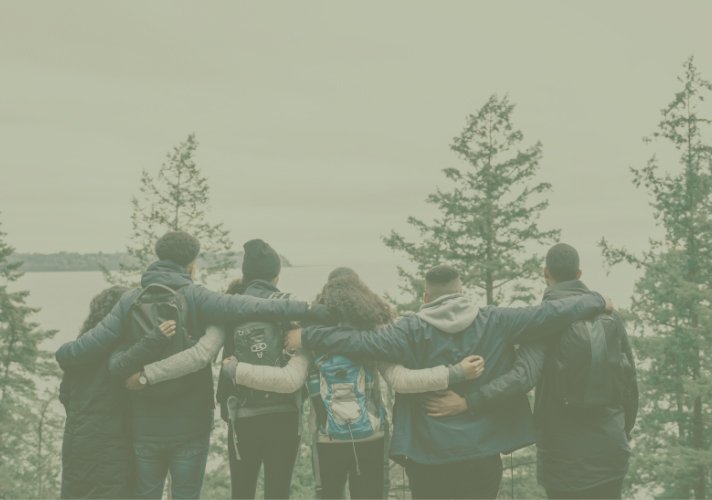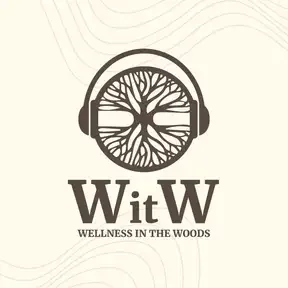
WITW Podcasts
Real stories. Real recovery. Real hope.
Because no one heals alone.
Welcome to the Wellness in the Woods podcast.
Bringing Wellness Home.
This is a peer-run support program designed to be a positive supplement to your day; through communication, through connection, and through community. If you are dealing with mental and emotional health issues, we are here to say that it gets better, and you are not alone.
Visit the Wellness in the Woods Podcast website: witwpodcast.transistor.fm
Feel free to reach out to Nick with ideas, offerings and feeback for future podcasts.
Nick Winkleblack
new@mnwitw.org
Peer Support Help
You’re not alone, and the right kind of help is always available.
Peer support is powerful—we’re here to listen, connect, and walk alongside you. Whatever your situation, please don’t give up. There is hope. There is help.
If you’re ever in immediate danger or need urgent help beyond what peer support can provide, call 911, or contact the 988 Suicide & Crisis Lifeline for professional, 24/7 support.
Services
We offer free, 24/7 peer support to help you feel heard, supported, and empowered—wherever you are on your journey, we’re here to listen, connect, and walk alongside you. Whatever your situation, please don’t give up. There is hope. There is help.
Join Our Zoom Community!
VPSN is a welcoming Zoom-based community led by peer specialists with lived experience in mental health and recovery. Sessions offer support, community, and wellness every day from 9AM to 5PM.
Chat With Us Tonight!
Feeling down or just need someone to talk to? Call the Peer Support Connection Warmline any night between 5 PM and 9 AM to connect with a peer who’s here to listen.
Walk With Us in Your Recovery!
Recovery is possible for everyone, and we all have a right to choose the path that works best for us. We would be honored to walk alongside you on your recovery journey. Join our recovery-focused support groups on Monday, Wednesday, and Friday evenings at 6PM on Zoom!
Upcoming Events
Join us for many of our upcoming events.

Trainings
WRAP®
Wellness Recovery Action Plan
What is WRAP®?
Wellness Recovery Action Plan (WRAP®) is a prevention and wellness process that anyone can use to get well, stay well and make their life more the way they want it through a series of tools and action plans called a WRAP®. This is a process for anyone who wants to make positive changes in the way they feel and the way they react to life. WRAP® workshops are adaptable and can be modified to use with teams, and different types of community groups.
Hope on Purpose
Hope on Purpose is a service of Wellness in The Woods that provides WRAP® workshops to those who have experience in the Department of Corrections and County Jails across the state of Minnesota.
Mental Health First Aid
Increasing understanding while decreasing stigma, Wellness in the Woods certified trainers offer an 8 hour class on Mental Health First Aid that identifies common mental health and substance use recovery struggles and an action plan to assist others in crisis.
Question, Persuade, Refer
QPR is a 1.5 hour training for any community member to learn basic skills to assist someone at risk for suicide. By asking a simple question, you can save a life.
Adverse Childhood Experiences
Adverse childhood experiences, or ACEs, are potentially traumatic events that occur in childhood (0-17 years). Also included are aspects of the child’s environment that can undermine their sense of safety, stability, and bonding.
Harm Reduction Training
Enrichment Training for Recovery Coaches & Peer Recovery Support Specialists.
(1-day class / earn 8 CEU credits)
Naloxone Training
A full training runs approximately 60 minutes and can provide in person or remotely as a Zoom webinar. All attendees can receive their own IM naloxone kit and certification of completion.











